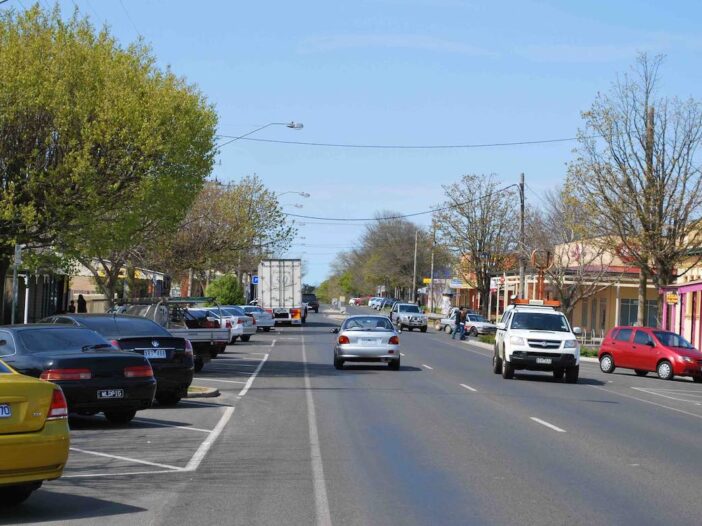
Three towns in Victoria’s central highlands region are being considered for a radical new approach to regulated network electricity supply, through the development of stand-alone microgrids backed by large-scale battery storage that would “island” the communities in the event of a major power outage.
Distribution network company Powercor says it has identified Ballan, Trentham and Lancefield as potential locations for community-scale stand-alone power systems, as part of a suite of new resilience measures it hopes to include in its upcoming five-year business plan.
The measures, developed following three years of community engagement in central and western Victoria, would also include fire-proofing or replacing wooden poles in high fire danger areas and fortifying connections between different parts of the network.
But the most interesting and potentially innovative approach to servicing customers on a regional network could involve taking them off the grid entirely – at least for short periods.
Stand-alone or grid connected, islandable microgrids incorporating a range of technologies like solar PV, battery storage and smart energy management controls are increasingly being used to boost energy resilience in exposed and remote parts of Australia’s grids, particularly in the Northern Territory and Western Australia.
In other states, the threat of extended power outages as a result of exteme weather events or natural disasters, has prompted a similar approach.
New South Wales distribution network company Endeavour Energy last year completed the first phase of construction of a “first-of-a-kind” community microgrid designed to power two coastal communities during grid outages.
The project fitted out around 100 homes in Bawley Point and Kioloa with solar and/or batteries, to provide a reliable – and “islandable” – renewable electricity supply to the town.
The “islandable” part of the equation means the $8 million microgrid can act as a self-contained energy system during emergencies, harnessing electricity from home panels and batteries, and a 3MW grid-connected battery strategically positioned between the two communities.
In Victoria, the microgrid concept gained traction – and the promise of state government funding – following the 2019-2020 Black Summer when bushfires left some towns in East Gippsland disconnected from the state’s grid for more than a month.
Just last month, an intense storm left more than half a million homes without power across Victoria, with thousands still waiting for their electricity to be restored a week after the event.
Powercor says there are few firm details, yet, of what the microgrids proposed for these towns might look like – and what technologies they would use – but it continues to meet with community members to hear their views and road test a range of scenarios.
A draft of the DNSP’s five-year business plan is due to be submitted to the Australian Energy Regulator (AER) this August, so we can expect a lot more detail by then.
Powercor’s general manager of regulation, Renate Vogt, says the company is keen to hear directly from community members about the challenges they face when extreme weather damages the power network, and where they want investments to be made – particularly considering costs are recouped through customer bills.
“As we are experiencing more intense weather events, we need to prioritise investments that build and maintain stronger networks and communities,” Vogt said.
“Just as more extreme weather is increasing the risk of prolonged outages, our customers are becoming more dependent on electricity than ever before.
“We are listening to our customers to help us find solutions to build more resilient networks in the face of climate change, while keeping costs as low as possible.”
Powercor says proposed solutions, associated costs and benefits will be tested with customers before the draft plans are published in August 2024. The final plans will be submitted to the Australian Energy Regulator for approval in January 2025.
To find out more or to have your say, visit engage.powercor.com.au

Sophie is editor of One Step Off The Grid and deputy editor of its sister site, Renew Economy. Sophie has been writing about clean energy for more than a decade.



